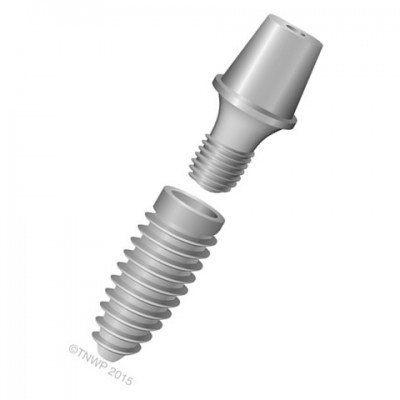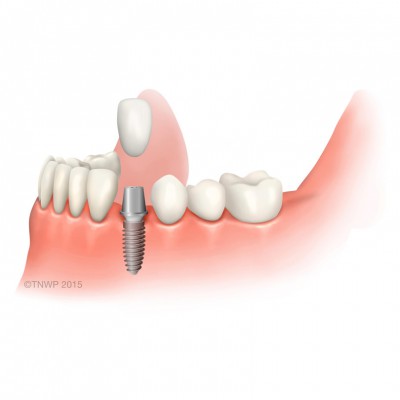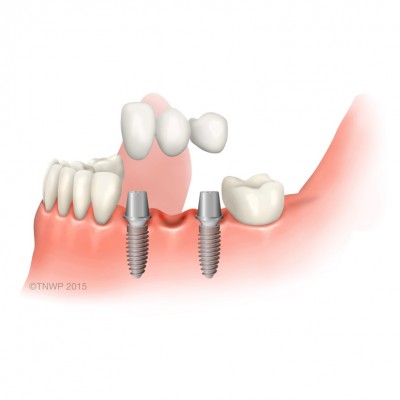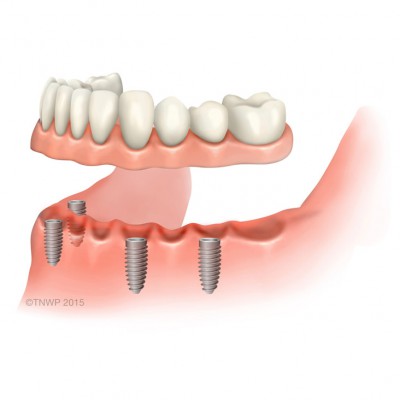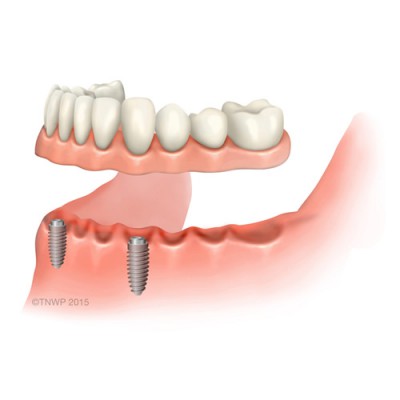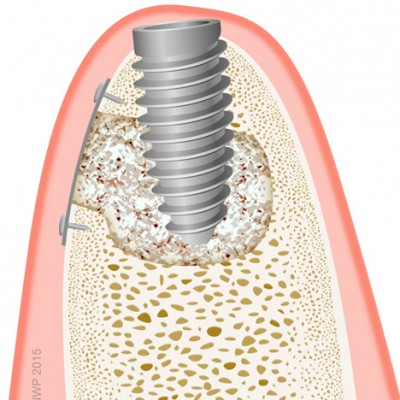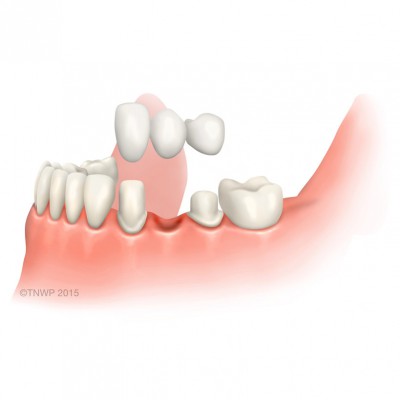Do I need an implant or a bridge?
If you are missing a tooth or teeth, a dentist will consider a few important factors before recommending which restoration option is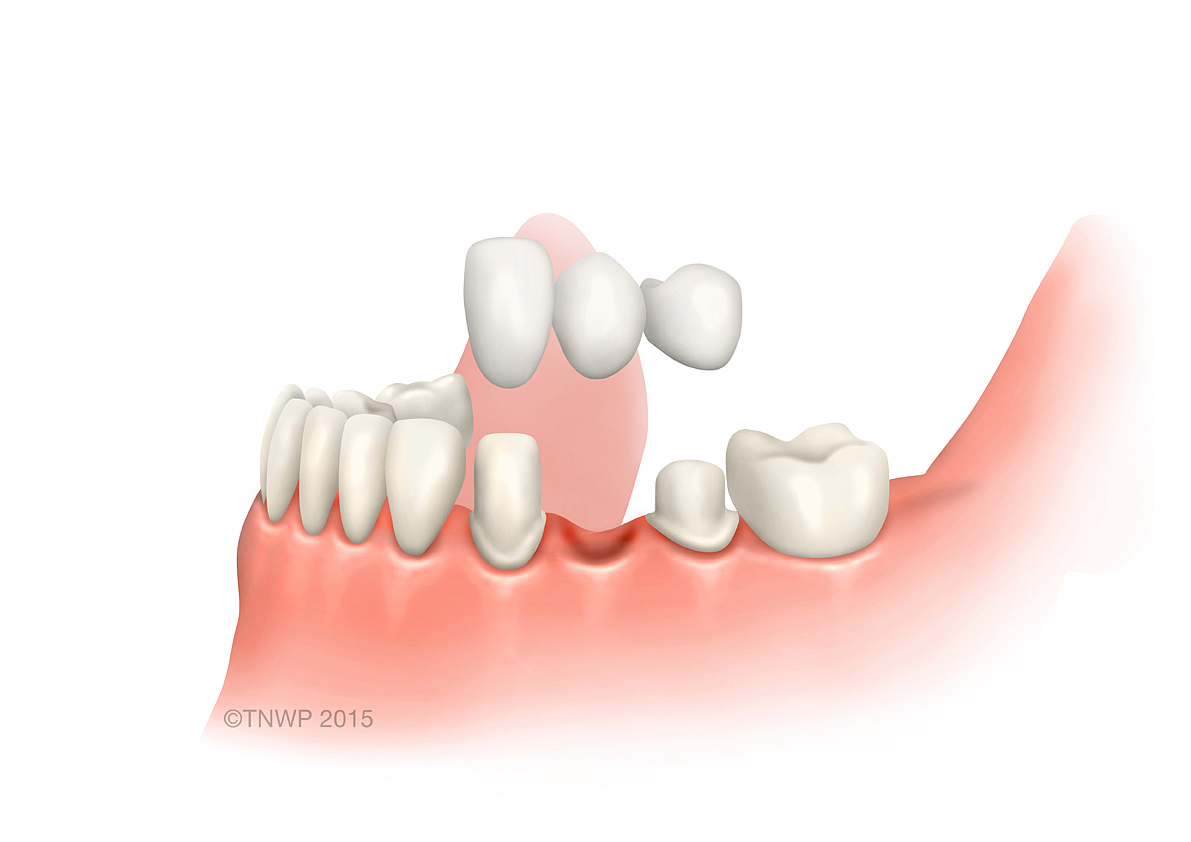 right for you. Dental implants and conventional bridges are two of the most popular methods to fill the gap and restore your natural smile. The latest article published on click4teeth explains how your age, the number of teeth missing, the size of the gap, condition of your teeth, your oral health and personal preference will all be taken into consideration before appropriate treatment is recommended.
right for you. Dental implants and conventional bridges are two of the most popular methods to fill the gap and restore your natural smile. The latest article published on click4teeth explains how your age, the number of teeth missing, the size of the gap, condition of your teeth, your oral health and personal preference will all be taken into consideration before appropriate treatment is recommended.
The differences between dental implants and bridges are also explored:
- A dental implant is fixed into the jawbone to replace the missing tooth root and supports a cosmetic, porcelain crown
- A conventional bridge consists of crowns that are attached to your natural teeth on either side of the gap and do not replace the root
- After a dental implant is placed, there is usually a period of healing between six weeks and six months
- Bridges often require two-to-three appointments but can take three-to-four months to settle
- Dental implants do not impact or damage healthy teeth
- Bridges require tooth preparation which is the filing down of often healthy teeth
- The artificial tooth root of a dental implant can help to preserve bone in the jaw due to stimulation from chewing
- Bone can shrink beneath a bridge due to lack of use
- Implants are usually more expensive but their longer lifespan often makes them more cost effective than bridges
- Dental implants can be cared for the same way as natural, healthy teeth
- Bridges can be challenging to clean underneath, often requiring a special dental floss
- Dental implants and bridges can both restore your smile but implants offer more stability, durability and bone preservation qualities
To read the full article, visit Dental implant or traditional bridge – which is best for me?



